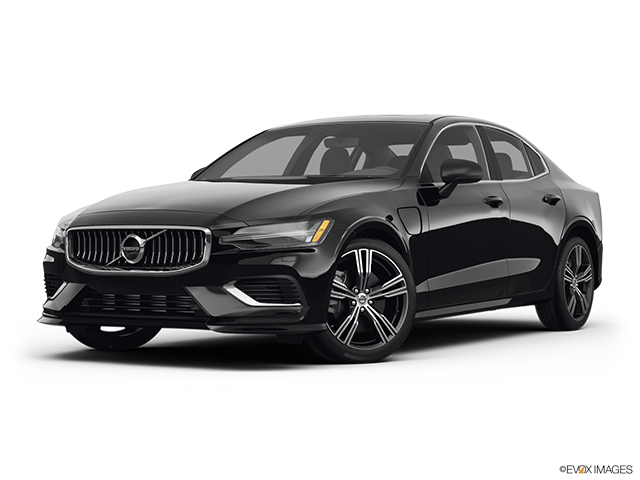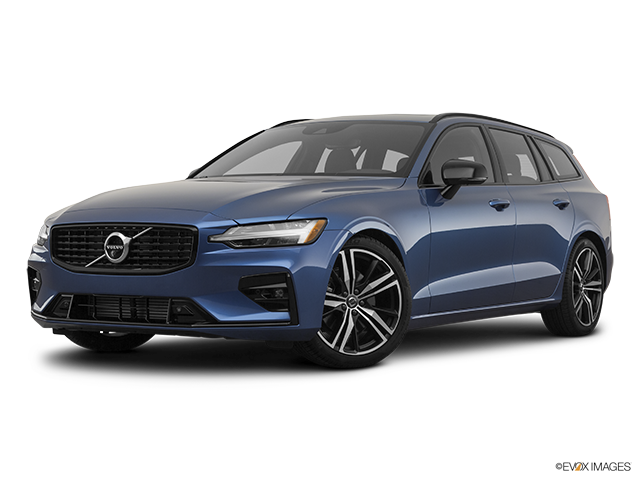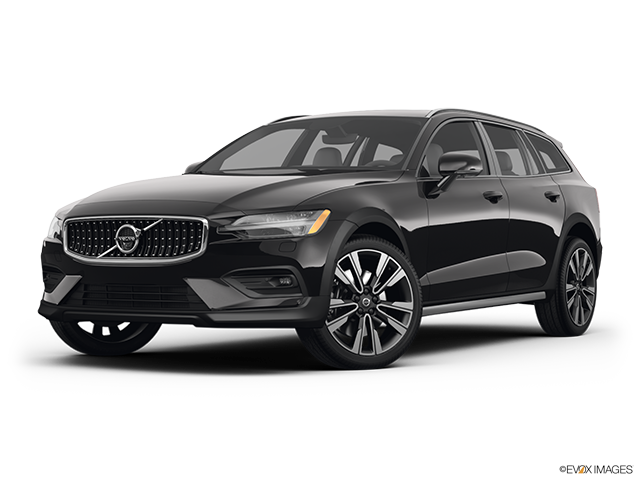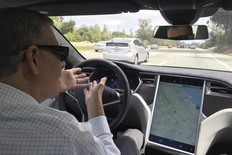Wireless charging an EV actually works
For the past year, 20 Volvo taxi cabs have charging up on four charge pads in Gothenburg, Sweden
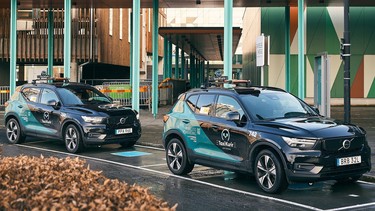
Article content
What has made this century’s electric vehicle revolution so enjoyable to cover as a journalist is the H.G. Wells-ian, flight-of-fancy technology combined with the P.T. Barnum-esque hype that accompanies it.
Advertisement 2
Article content
Who can forget battery swapping stations, where you’d simply pull your low-battery EV into a stall and a multi-fangled machine underneath would remove the depleted battery and install a fully charged one in the matter of minutes? Then there was the idea that drones would be used to transport fully charged batteries to stranded EVs. Or my personal favourite, the story that a Zimbabwean inventor had created a chargeless electric vehicle, instead using radio frequencies to create energy to power the vehicle.
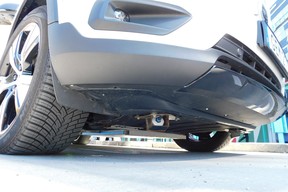
But amidst these outlandish ideas, and their subsequent claims of absolute veracity (inevitably accompanied with ‘invest now’ promotions), there are the occasional ones that actually work and are put in practice. Take the ‘electrified road,’ which promises to recharge an EV simply by driving along a road outfitted with an electrified track. Well, there are just such ‘smart’ roads in several places in the world, including Sweden, Italy and Detroit.
Advertisement 3
Article content
The promise of EV wireless charging
Which brings us to wireless charging. Another somewhat wild concept that has been around for years as an idea. Think of it as charging your vehicle like charging your smartphone on a wireless charge pad, though the vehicle will not touch the pad. More than five years ago I was ushered, after my cellphone was taken from me, into a windowless white room at Nissan’s Yokohama R&D lab to see a static display of a Nissan Leaf parked on a one-square metre pad. “Wireless charging!” I was told through an interpreter, however no demonstration nor details of how, and if, it worked were forthcoming.
Last year at VW’s battery laboratory in Tennessee, there was a VW ID.4 parked over what appeared to be a similar charge pad in the parking lot, but when I asked my guide about it, I was told he had no information on it, nor would he ask anyone about it. I was, however, allowed to take pictures.
Call me skeptical, but I was beginning to put wireless charging into the same category as our Zimbabwe friend. Then I went to Gothenburg, Sweden a few weeks ago and not only learned how wireless charging works, but I sat in a public taxi that pulled up to a charge pad and began charging. For the past year, 20 Volvo XC40 Recharge taxi cabs have been using four wireless charge pads in the Gothenburg Green City Zone, under which designated areas within the city are used as live testbeds for the development of sustainable technologies. Volvo is working in collaboration with Pennsylvania-based InductEV on the wireless charging technology.
Advertisement 4
Article content
How do wireless EV charging stations work?
The charging station sends energy through the charging pad, which is picked up by a receiver unit in the car that is 14 centimetres from the pad. The taxis use the XC40’s existing 360-degree camera system to help the driver align the car with the charging pad. Each taxi is outfitted with a special charge adapter on the bottom of the vehicle between the front wheels. For the fully electric XC40 Recharge cars, the wireless charging power is more than 40 kW, making the charging speeds some four times faster than a wired 11-kW AC charger and almost as fast as a wired 50-kW DC fast charger. Even if the pad is covered in snow or ice or dirt, it still works.
The charging starts automatically when a compatible vehicle parks over a charging pad embedded in the street, in this case a taxi stand. The driver does not need to get out of the car, or for that matter even press any buttons to begin charging. The only thing that will make charging not work is if there is a piece of metal on the pad.
Advertisement 5
Article content
“Gothenburg Green City Zone lets us try exciting new technologies in a real environment and evaluate them over time for a potential future broader introduction,” said Mats Moberg, head of Research and Development at Volvo Cars. “Testing new charging technologies together with selected partners is a good way to evaluate alternative charging options for our future cars.”
Driving into the Future: Is charging infrastructure the last roadblock for EV domination?
The Gothenburg Green City Zone initiative aims to achieve emission-free transport by the year 2030, by using a real city as a testing ground. According to Moberg, Volvo’s participation will enable the company to accelerate development of technologies and services in the areas of electrification, shared mobility, autonomous driving, connectivity and safety.
Had I not seen it with my own eyes, I still wouldn’t believe it, but wireless charging an electric vehicle is real. Believe the technology and the hype.






